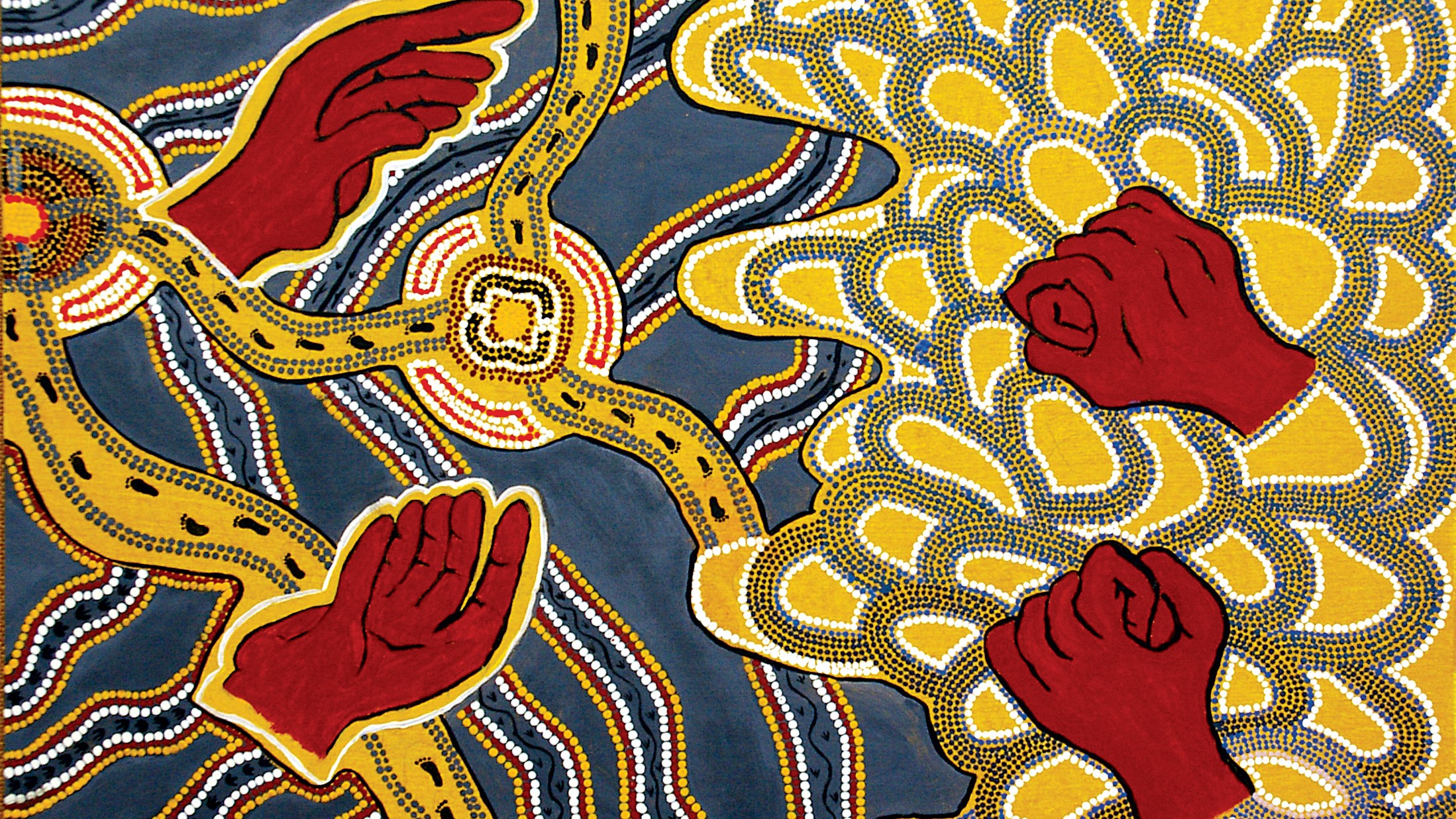Loading...
Presentation Type
Presentation
Location
Online
Start Date
18-10-2023 12:30 PM
Description
The Mapping the Digital Gap project is a longitudinal study of digital inclusion, media use and service delivery in 11 remote communities across Australia, including Kalumburu and Djarindjin in the Kimberley region. It is being undertaken through the Centre of Excellence for Automated Decision Making and Society as a supplementary project to the Australian Digital Inclusion Index (ADII).
A new Closing the Gap Target 17 is aimed at closing for the digital inclusion gap between First Nations people and other Australians by 2026. The Mapping the Digital Gap project plays a critical role in tracking the scale and nature of this gap in remote Australia, and presenting this data via a dedicated First Nations dashboard on the ADII website.
An overview of the findings from the project’s first year in 2022 will be provided, with particular focus on the Kimberley sites. An outline of the methodology and collaborative research approach, including how we partner with local First Nations organisations, work with local community based researchers and provide all data back to the community via an annual Community Outcomes Report. This research report provides suggestions for a Digital Inclusion Plan to assist the community in their advocacy for improved services.
At a national level, the research findings help inform the work of the First Nations Digital Inclusion Advisory Group to the Minister for Communications, chaired by Broome-based media pioneer Dot West. This group has actively engaged with government, industry and communities to provide a First Nations lens on communications policy and targeted, First Nations-led strategies to help close the digital gap.
Recommended Citation
Featherstone, Daniel and Ormond-Parker, Lyndon, "‘Mapping the Digital Gap in the Kimberley'" (2023). Talking Heads Seminar Series. 16.
https://researchonline.nd.edu.au/nulungu_talkingheads/2023/schedule/16
‘Mapping the Digital Gap in the Kimberley'
Online
The Mapping the Digital Gap project is a longitudinal study of digital inclusion, media use and service delivery in 11 remote communities across Australia, including Kalumburu and Djarindjin in the Kimberley region. It is being undertaken through the Centre of Excellence for Automated Decision Making and Society as a supplementary project to the Australian Digital Inclusion Index (ADII).
A new Closing the Gap Target 17 is aimed at closing for the digital inclusion gap between First Nations people and other Australians by 2026. The Mapping the Digital Gap project plays a critical role in tracking the scale and nature of this gap in remote Australia, and presenting this data via a dedicated First Nations dashboard on the ADII website.
An overview of the findings from the project’s first year in 2022 will be provided, with particular focus on the Kimberley sites. An outline of the methodology and collaborative research approach, including how we partner with local First Nations organisations, work with local community based researchers and provide all data back to the community via an annual Community Outcomes Report. This research report provides suggestions for a Digital Inclusion Plan to assist the community in their advocacy for improved services.
At a national level, the research findings help inform the work of the First Nations Digital Inclusion Advisory Group to the Minister for Communications, chaired by Broome-based media pioneer Dot West. This group has actively engaged with government, industry and communities to provide a First Nations lens on communications policy and targeted, First Nations-led strategies to help close the digital gap.





